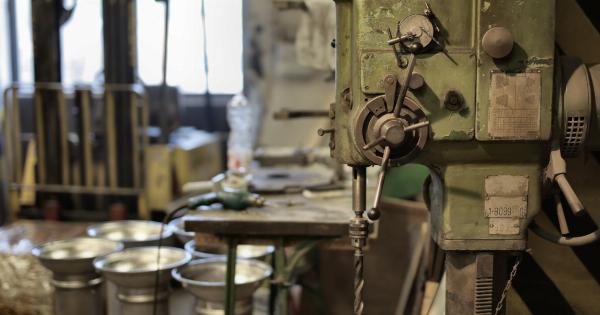Biotechnology is an ever-evolving field that has been contributing to the betterment of human life for centuries by bringing forth breakthroughs and advancements in healthcare, agriculture, and the environment.
Biotechnology, in its simplest definition, is the use of living organisms or systems to produce useful products or carry out a specific task. The journey of biotechnology began long before the term was coined in the late 20th century. Let’s explore its journey as we unravel the mysteries of DNA and beyond.
The Pioneers of Biotechnology
Even before the invention of the microscope, humans had been utilizing biotechnology principles to make cheese, bread, and alcoholic beverages.
However, the scientific and systematic approach to biotechnology began with the discovery of the microscope in the late 17th century, which enabled scientists to study and understand the underlying principles of life.
The 19th century marked an era that facilitated the discovery of vital components of life, including cells, enzymes, and DNA.
In 1839, German botanist Matthias Schleiden, and zoologist Theodor Schwann independently discovered that the cell is the fundamental unit of life. Additionally, in 1928, Sir Alexander Fleming’s discovery of penicillin marked the beginning of the era of antibiotics and the use of living organisms to fight diseases.
The Discovery of DNA
The discovery of deoxyribonucleic acid (DNA) revolutionized the field of biotechnology. DNA is a double-stranded molecule present in every living cell, carrying the genetic instructions that determine an organism’s characteristics and traits.
The first breakthrough in isolating DNA came in the 1860s, when Friedrich Miescher discovered what he called “nuclein” in the nucleus of a white blood cell.
However, it wasn’t until the discovery of the structure of DNA in 1953 by Francis Crick and James Watson that the significance of DNA became evident.
The discovery of the structure of DNA opened the door to an array of advancements in biotechnology, including gene therapy, cloning, genetic engineering, and DNA sequencing.
Advancements in Biotechnology
Gene Therapy
Gene therapy is a medical technique that involves the manipulation of genes to treat or prevent genetic diseases. In 1990, the world’s first gene therapy trial was initiated to treat a rare genetic disorder called adenosine deaminase deficiency.
The trial was a success, and since then, gene therapy has been used to treat various genetic disorders, including severe combined immunodeficiency (SCID) and hemophilia.
Cloning
Cloning is the process of making a genetically identical copy of an organism or a part of an organism. In 1996, Dolly, the sheep, became the first cloned mammal. Since then, several other species, including cows, pigs, and cats, have been cloned.
Cloning has several applications, including conservation of endangered species, production of genetically modified organisms (GMOs), and medical research.
Genetic Engineering
Genetic engineering is the process of manipulating an organism’s genes to produce specific traits or characteristics artificially.
Genetic engineering has been instrumental in biotechnology advancements, including the production of insulin, the development of drought-resistant crops, and the production of biodegradable plastics.
DNA Sequencing
DNA sequencing is the process of determining the precise order of nucleotides in a DNA molecule. This technology has been instrumental in medical research, particularly cancer and genetic disease research.
Also, the invention of the CRISPR-Cas9 system has made DNA sequencing faster and more efficient, expanding the possibilities of DNA manipulation.
Future of Biotechnology
The advancements made in biotechnology over the last few decades have been overwhelming, and the future holds even more promising discoveries.
Several biotechnology fields are poised for growth, including synthetic biology, regenerative medicine, nanobiotechnology, and bioinformatics.
Biotechnology advancements have transformed healthcare, leading to better diagnosis, treatment, and cure of various diseases, including cancer and genetic disorders.
Additionally, biotechnology has contributed to solving global environmental and agricultural issues by producing environmentally-friendly products, genetically-modified crops, and sustainable agriculture practices.
Conclusion
The journey of biotechnology, from the discovery of the microscope to the manipulation of gene editing, has been a centuries-long ride that has transformed life and continued to make positive contributions.
Biotechnology has opened doors to advancements that were once unimaginable, including the treatment of genetic diseases, modified crops, and sustainable practices in agriculture and the environment. The mysteries surrounding DNA and beyond are slowly unraveling as biotechnology continues to drive innovation and revolutionize life’s understanding at a molecular level.




























